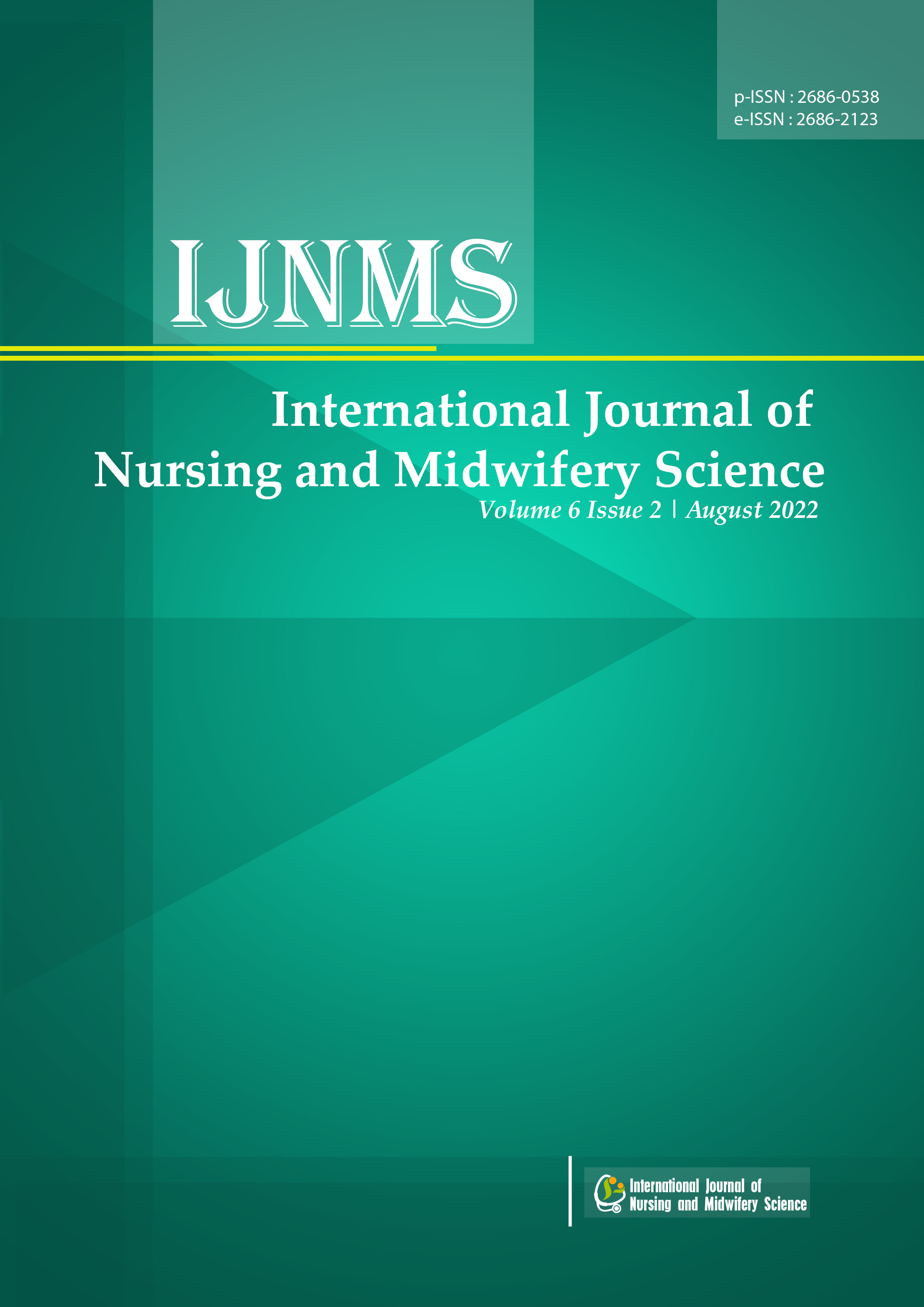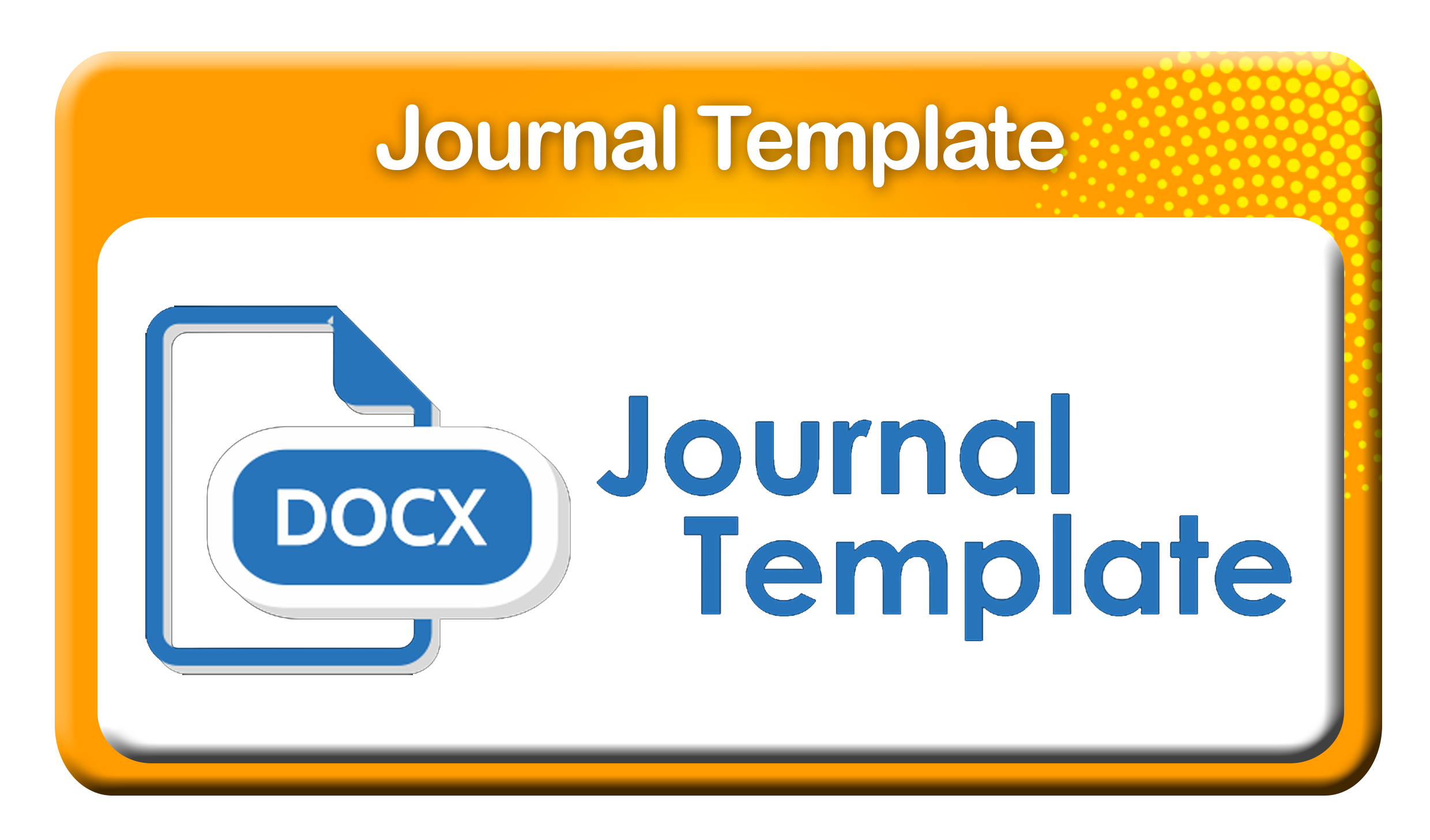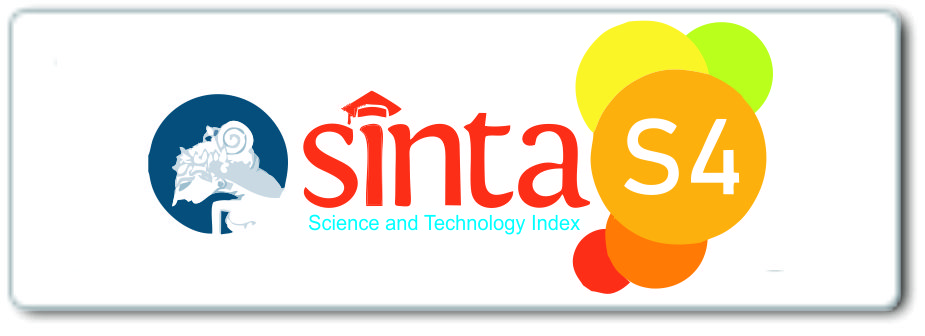RELATIONSHIP MOTIVATION WITH INTERDIALITYC WEIGHT GAIN (IDWG) CHANGES IN CHRONIC KIDNEY DISEASE PATIENTS
DOI:
https://doi.org/10.29082/IJNMS/2022/Vol6/Iss2/403Keywords:
Motivation, Interdialytic Weight Gain (IDWG), Chronic Kidney Disease (CKD).Abstract
Chronic kidney disease is a failure of kidney function to maintain metabolism, and balance of fluid and electrolytes due to the progressive destruction of kidney structure. Increased fluid volume must be limited. If there is excess can cause edema, tightness and decreased consciousness. Therefore, patient motivation is needed to control changes of Interdialytic Weight Gain (IDWG). The aim of this study is to prove the relationship of patient motivation with changes of IDWG in CKD patients. The design of this study was correlational analysis with a cross-sectional approach. The sampling technique used non-probability sampling type purposive sampling, 40 CKD patients undergoing hemodialysis therapy at the RSUD Bangil were enrolled in this study. Data collection was using a questionnaire. Data analysis was using Spearman rho statistical test, which showed a significance value of 0,000 that was smaller than alpha (0.05), so it can be concluded that there was a significant relationship between patient motivation and IDWG changes of CKD patients undergoing hemodialysis therapy. Strong motivation to undergo hemodialysis is important because hemodialysis has become a necessity for him, a treatment must be undertaken by patients with chronic kidney disease.
Downloads
References
Budiarto. (2002). Pengukuran Motivasi
Friedman, M, dkk. (2010). Buku Ajar Keperawatan Keluarga: Riset, Teori dan Praktik. Edisi 5. Jakarta: EGC
Ghozali, I. (2006). Analisis Multivariate dengan SPSS. Surabaya: Erlangga.
Harisson. (2013). Buku Saku Harisson Nefrologi. Jakarta: Karisma Publishing Grup
Hidayat, A. Aziz Alimul. (2007). Metode Penelitian Keperawatan dan Teknik Analisis Data. Edisi Pertama. Jakarta: Salemba Medika
Hidayat, A. Aziz Alimul. (2010). Metode Penelitian Kuantitatif dan Kualitatif. Jakarta: Salemba Medika
Indonesian Renal Registry(IRR). (2015). https://www.indonesinrenalregistry.org. Diunduh pada tanggal26 Januari 2018
Istanti, Yuni Permatasari. (2011). Faktor-faktor yang Berkontribusi terhadap Interdialytic weight Gain pada pasien Chronic Kidney Disease yang Menjalani Hemodialisis. Jurnal Program Studi Magister Keperawatan Universitas Muhammadiyah Yogyakarta
KDOQI Guidelines. (2007). KDOQI Guidelines for CKD Care. www.therenalnetwork.org. Diunduh pada tanggal 20 Maret 2018
Kozier (2004) mengklasifikasikan penambahan berat badan
Lindberg. (2010).Eccesive Fluid Overload Among Haemodialysis Patient:Prevalence individual Characteristic and Self Regulation of Fluid Intake. Disertasi. FacultyMedicine Uppsala Universitet. https://www.diva-portal.org/smash/get/diva2:308451/FULLTEXT01.pdf. Diunduh pada tanggal 20 Maret 2018
Mustikasari, Irma. (2017). Faktor-faktor yang mempengaruhi nilai Interdialytic Weight Gain (IDWG) pasien hemodialisa di RSUD Panembahan Senopati Bantul. Jurnal GASTER VOL. XV No. 1 Februari 2017 STIKES Aisyiyah Surakarta.
Muttaqin, Arif & Sari, Kumala. (2011). Asuhan Keperawatan Gangguan Sistem Perkemihan. Jakarta: Salemba Medika
Nazir. (2005). Metode Penelitian. Bogor: Ghalia Pustaka Utama
Neuman. (2013)
Nursalam. (2010). Konsep dan Penerapan Metodologi Penelitian Ilmu Keperawatan Pedoman Skripsi, Tesis dan Instrumen Penelitian Keperawatan. Jakarta: Salemba Medika.
Nursalam. (2016). Metodologi Penelitian Ilmu Keperawatan. Edisi 4. Jakarta: Salemba Medika.
Nursalam. (2016). Konsep dan Penerapan Metodologi Penelitian Ilmu Keperawatan. Jakarta: Salemba Medika
Notoatmodjo, Soekidjo. (2010). Ilmu Perilaku Kesehatan. Jakarta: Rineka Cipta
Potter & Perry.(2006). Buku Ajar Fundamental Keperawatan Konsep, Proses dan Praktik. Edisi 4. Volume 1. Jakarta: EGC
Price, Sylvia A & Wilson, Lorraine M. (2006). Patofisiologi Konsep Klinis Proses-Proses Penyakit Edisi 6. Jakarta: EGC
Riduwan. (2010). Dasar-dasar Statistika. Bandung: Alfabeta
Riskesdas. (2013). Riset Kesehatan Dasar. Jakarta: Badan Penelitian danPengembangan Kesehatan. Departemen Kesehatan Republik Indonesia. www.depkes.go.id. Diunduh 26 Januari 2018
Sardiman, A.M. (2007). Interaksi dan Motivasi Belajar Mengajar. Jakarta: PT RajaGrafindo Persada
Sayuti. (2007). Faktor-faktor yang Mempengaruhi Motivasi. http://repository.usu.ac.id/. Diakses 16 Maret 2018
Setiadi. (2008). Konsep dan Proses Keperawatan Keluarga. Jakarta: Pustaka Ilmu United State Renal Data System (USRDS). (2017). https://www.usrds.org. Diunduh 26 Januari 2018
Setiadi.(2008). Konsep dan Proses Keperawatan Keluarga. Yogyakarta: Graha Ilmu
Setiadi.(2013). Konsep dan Praktik Penulisan Riset Keperawatan. Yogyakarta: Graha Ilmu
Smeltzer, S.C& Bare.(2002). Buku Ajar Keperawatan Medikal Bedah Brunner & Suddarth.Jakarta:EGC
Sobur. (2009). Psikologi Umum. Bandung: Pustaka Setia
Sugiyono.(2007). Statistik Penelitian Untuk Kesehatan. Bandung: ALFABETA
Suharyanto, T. (2002). Asuhan Keperawatan Pada Klien Dengan Gangguan Sistem Perkemihan. Jakarta: Trans Info Media
Uno, B. Hamzah. (2008). Teori Motivasi dan Pengukurannya. Jakarta: Bumi Aksara
Downloads
Published
Issue
Section
License
Authors who publish with IJNMS agree to the following terms
- Authors retain copyright licensed under a Creative Commons Attribution-ShareAlike 4.0 International License that allows others to share the work non-commercially with an acknowledgement of the work's authorship and initial publication in this journal.
- Authors are permitted and encouraged to post their work online (e.g., in institutional repositories or on their website) prior to and during the submission process, as it can lead to productive exchanges, as well as earlier and greater citation of published work (See The Effect of Open Access). Authors can archive pre-print and post-print or publisher's version/PDF.









_IJNMS.png)






